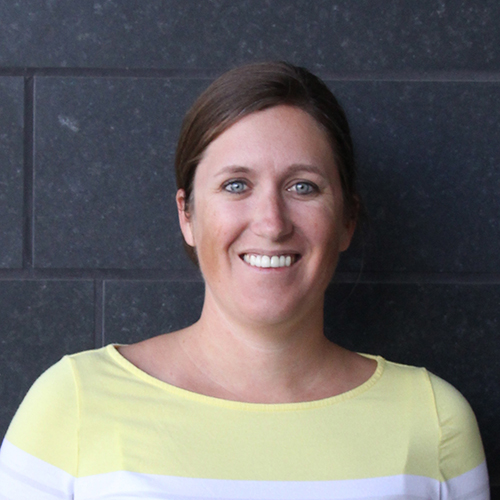
What’s the cure for a broken heart? Ask Michaela Patterson, a postdoctoral scholar in the USC Stem Cell laboratory of Henry Sucov. Patterson will deliver a presentation about heart regeneration at the International Society for Stem Cell Research (ISSCR) Annual Meeting in Boston in June 2017.
What is the topic of your presentation at the ISSCR’s 2017 annual meeting?
My presentation will focus on natural strategies that the heart uses to repair itself after an injury like a heart attack. It’s generally thought that mammals have little to no ability to regenerate their hearts after heart attack. Instead, patients frequently progress into heart failure. However, by drawing from several examples in the animal kingdom that can successfully regenerate their hearts, we hypothesized that a specific cell within the heart is capable of regrowing new heart muscle. Using mice, we determined that the number of these cells in the heart varies from individual to individual, and that an individual with more of these cells will be more successful at regenerating the heart after a heart attack. We went on to identify a gene that is responsible for this cell type. We hope that these findings will lead to new strategies that stimulate a more efficient repair response in patients who have suffered a heart attack.
What inspired you to become a stem cell researcher?
As an undergraduate student, I took a course on developmental biology where I was introduced to embryonic stem cell research and the inspiring goal of replacing lost tissue through cell replacement therapies. I’ve certainly evolved as a scientist over the years and am now pursing strategies that would instead stimulate the human body to repair itself, thereby obviating the need for transplantation, but my overarching goal has remained the same: Can we regrow human tissue lost to disease or injury?
How do you spend your free time?
I enjoy spending time with my 15-month-old daughter, who unfortunately likes to be at the park swinging by 7 a.m. on weekends. Spending time with my husband, a fellow scientist, is pretty okay, too.
What do you like most about living and working where you do?
USC Stem Cell is a tremendously cordial and collaborative place. I have been challenged and encouraged by all the great minds here.
What is the goal of your future career as a stem cell scientist?
I hope to start an independent lab someday soon. In fact, I am actively applying for faculty jobs. If all goes well, I will continue my work examining mammalian heart regeneration and identifying new strategies to elicit a more effective repair response from mammalian hearts.
